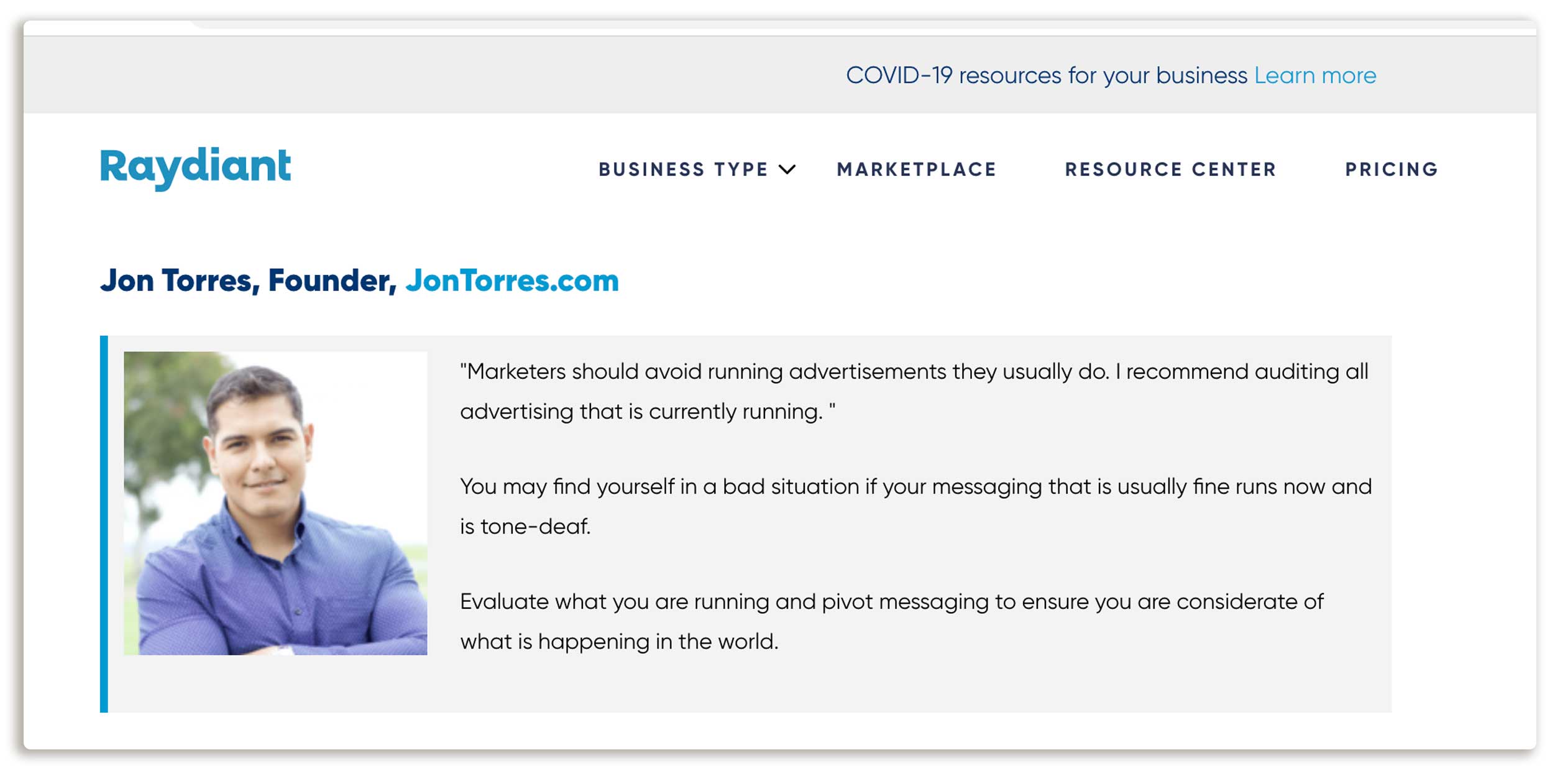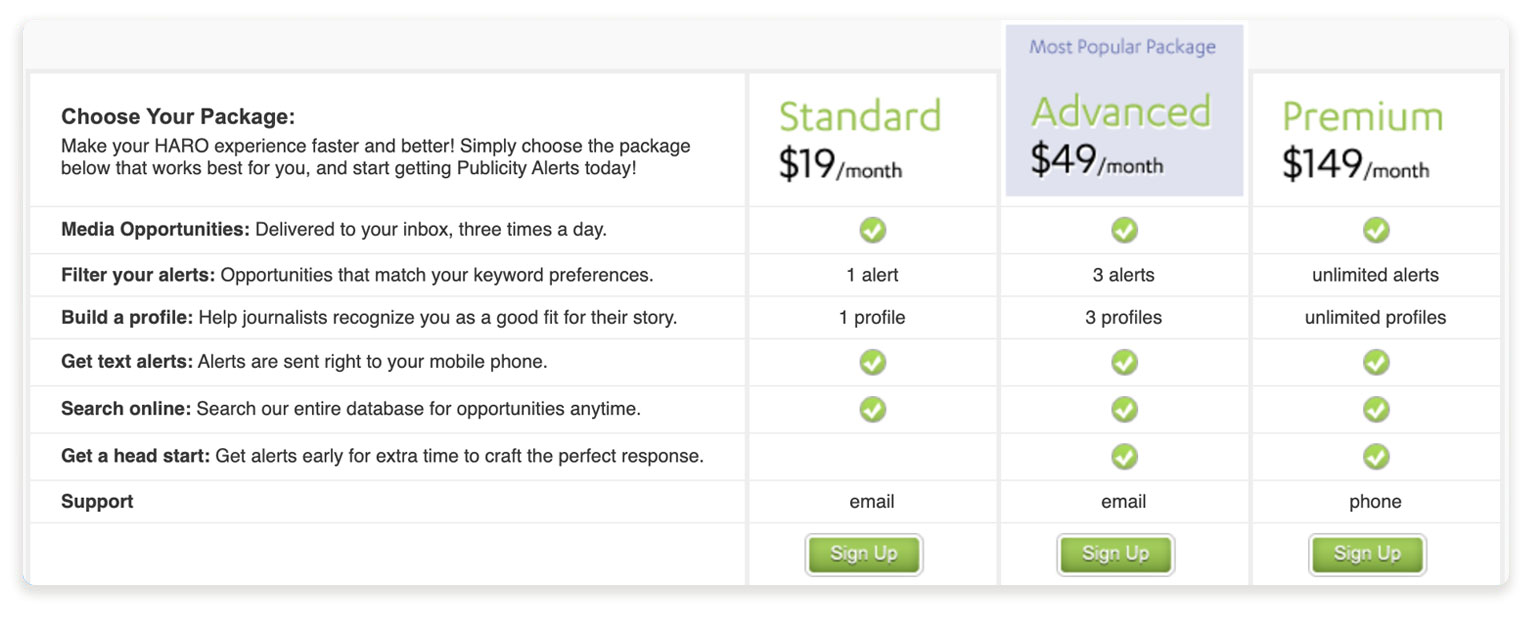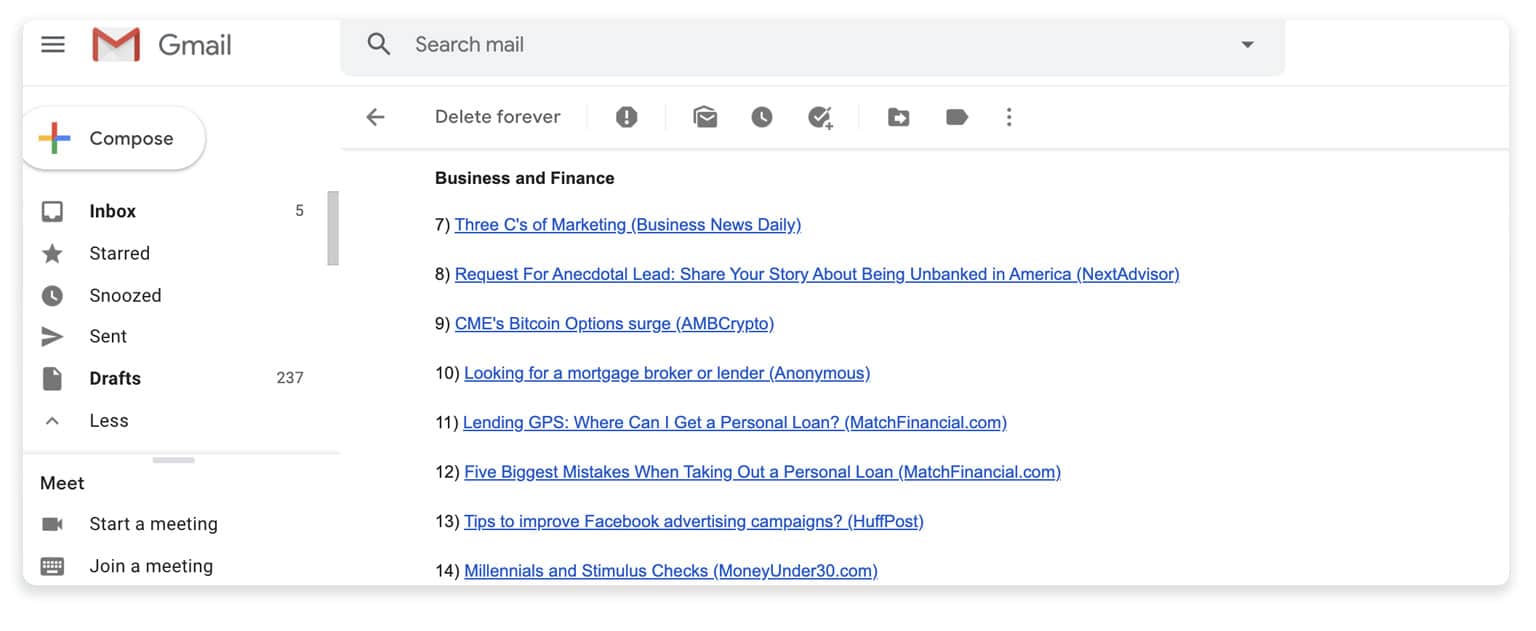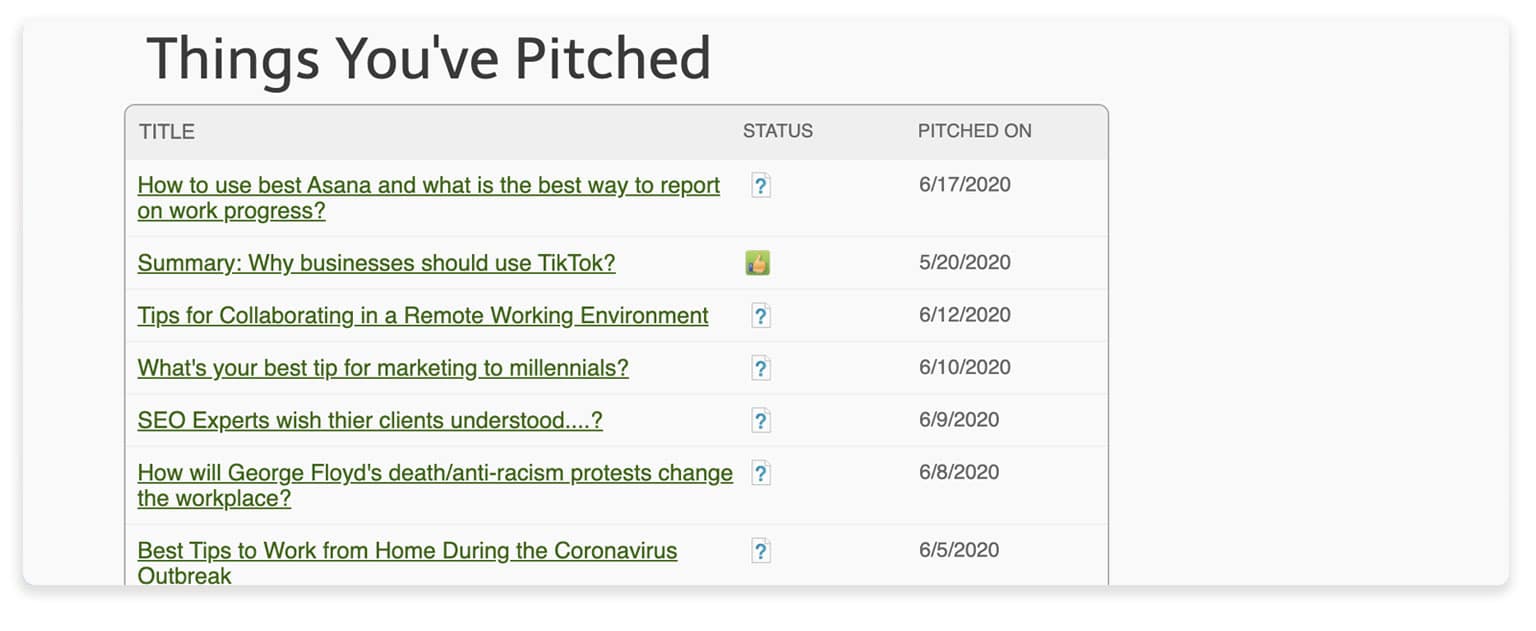Haro Guide For SEO: A Full Guide For Using In 2025

If you’re in the process of learning SEO for Google, you’ve probably come across varying advice on how to build backlinks. There’s manual outreach, expert roundups, and the clever “broken backlink” strategy.
While I find all of those to have an important place in building backlinks, one of the best tools I’ve come across is HARO. This website offers both reporters and experts a chance to connect.
If you’re an expert on a topic, you can use this tool to your advantage by giving reporters your own advice on questions relevant to your niche. In the ideal scenario, you end up with a backlink from an authoritative site.
I will preface this article by saying this– HARO is an incredibly useful tool, but it still takes time and patience.
Once you master HARO you will even be able to get DR 90 links.
If you’re interested in harnessing the power of HARO keep reading to find out how you can get started.
Why are backlinks important for SEO?
SEO can often seem like an impenetrable network of everchanging ranking factors. Okay, so maybe that’s a little dramatic, but the fact remains, SEO is tricky to master, even for the most experienced bloggers.
There’s a good reason for this– the top, ranking factors are not totally set in stone. Google plays favorites with certain ranking factors and then moves on to the next big thing.
What we do know is that backlinks continue to play a very important role in your Google ranking. A study done by Ahrefs analyzed over a billion pages to see just how important backlinks are. They found that the number of referring domains directly correlates to more organic traffic.
Ideally, you want these links to come from sites with topical authority, and that relate to your niche. The more topical authority and relevance that site has, the better it looks for your site.
Now, the tricky part comes with gaining those backlinks. Building a healthy link profile can certainly be challenging, and that’s where HARO comes in. Let’s talk a little bit about what this tool is and how you can use it.
What is HARO:

HARO, which is short for “help a reporter out,” is a clever website where media outlets find new sources. You, my friend, are the news source. Connecting journalists to experts is the entire goal behind HARO.
Journalists are given deadlines to meet and finding credible sources can be a challenge. They post a lead a HARO that details everything that they are looking for.
In turn, experts can write a pitch to relevant leads for a chance to be featured in a publication. If you’re featured, your website may be linked to the article.
Here is an example of a HARO link I got by responding to a reporter on HARO.

Sometimes reporters will use your entire answer or just a section of your answer with a link back to your website.

This particular link was a DR 4O and links directly to my home page with anchor: jontorres.com.
So, now that you get the gist of what HARO is, let’s go over some pros and cons and exactly how you can use it.
Pros and Cons of HARO:
Before we talk about getting started, I want to go over the pros and cons of using HARO.
I love using HARO for a few reasons. First, it gives you the opportunity to be featured in major publications and DR 90 sites such as entrepreneur.com. These opportunities are very hard to come by otherwise.
“You can get published on a news website or a magazine like Entrepreneur.com, which makes HARO a great place to pick up high-quality backlinks.”
Neil Patel
The other reason that it’s such a great tool is that they offer a free plan. You can get started at no cost at all.
As for the not-so-great side of HARO. Well, oftentimes it can take a very long time to build your links. Reporters may take weeks to get back to you on a pitch.
You also have to give reporters to put together the article once you make your pitch, so it’s important to be patient.
The other downside is that even if you do get a feature, you’re not guaranteed a link.
If you do get a link, it may only be the homepage of your site, rather than a specific article you are trying to rank.
Despite its shortcomings, I believe HARO is a valuable tool for any blogger. So, let’s jump into how you can get started.
How to get started on HARO:
1. Create an account: The first step, of course, is to create your account. When you sign up, you’ll see the option to sign up as a reporter or as a source. You’re going to want to sign up as a source.
Choose your subscription: HARO offers three subscription choices for sources. The plans are as follows:

- Free Plan: this plan gets you three queries straight to your inbox every day. You’ll also get email support with this plan.
- Standard Plan: for $19 per month this plan includes keyword alerts, a user profile, and text alerts.
- Advanced Plan: at $49 per month this plan gives you a head start on important queries.
- Premium Plan: at $149 per month this plan includes unlimited keywords alerts, profiles, and phone support.
I recommend going with the free plan if you are just starting out, you can accomplish everything you need with the free plan.
3. Read the rules: Before you start responding to queries, it’s really important to read over the source rules. Failing to follow the rules can result in a permanent ban from HARO.
One of the most important rules to follow is not to pitch reporters with irrelevant information. Not only is this of no use to you, but it’s also a complete waste of the reporter’s time.
Another important rule to observe is not to pitch your own products unless that’s specifically asked for in the query.
Make sure to follow all of the guidelines to ensure your success on HARO.
How to use HARO:
The process of using HARO is fairly simple. I’m going to go over some of the basic points you’ll encounter as you use this tool to gain backlinks.
Sign up for lead emails:
When you sign for HARO you’ll begin receiving a roundup of leads posted that day. You can choose to receive the Master email that includes leads from all categories, or you can choose to get emails that only include leads from your preferred categories.

Choose the right leads:
Okay, so once you get the ball rolling with leads, you’ll be faced with choosing the best leads. When I say the best leads, I mean the best leads for you.
Remember, backlinks are most valuable when they come from sites that relate to your niche! So, when the leads start pouring in, make sure to only choose relevant media outlets.
Research the media outlet:
So, I just told you that relevant leads are the ones you should be focusing on. The question is, how do you determine which leads are relevant? Well, as with so many things related to SEO, the answer is research.
You should be researching each site you respond to. That means understanding what they’re all about, what they promote, and who their audience is.
Let’s look at an example. Say you write a blog about website builders. You receive an interesting lead but after looking into the site, it’s actually focused on clothing reviews, which is not exactly related to your niche.
Now, this is just an example, but in any scenario, you should ask yourself, “is my target audience visiting this site?” If the answer is no, then you should reconsider if it’s a valuable resource for you.
How to write your pitch:
Now that you’ve identified a relevant lead, it’s time to write your pitch. How you write your pitch absolutely affects if a reporter chooses you. Here’s how to respond to a HARO query:
1. Give yourself a short period of time to respond to the query. Aim for 30 minutes or less to write your pitch. Your pitch should be short and to the point. Address every aspect of the query.

3. Use your unique tone of voice. Remember, these reporters are slogging through tons of responses. Rather than writing a generic response, don’t be afraid to show your personality.
4. Talk about why you’re qualified to respond to a given query. Mention your credentials so they know why you’re an appropriate source for their work.
5. Make sure your response is grammatically perfect. If there’s one thing that’s certain to disqualify you, it’s spelling errors and grammar mistakes.
6. Check back for placements. Once you’ve submitted your query, there’s nothing left to do but wait and see. Keep in mind, you may not see placement for several months. Now, if you want to make checking for placements a little easier, you can set a Google alert for your name. Reporters don’t always let you know when you’ve made it into an article so this is a handy little tool.
HARO Query Response Template:
Hello [reporters name],
My name is [your name] and I’m the founder of [your company] which is a [description of your company]. I believe I can help answer your query due to my background in [area of expertise].
Remember, it’s important to address how you are qualified to answer this query. If they want a quote about web design and you have experience in this field, be sure to include “web designer” in your pitch.
[Here is where you write your pitch]
Be sure to address every aspect of the query and follow the directions closely. Include direct examples where possible. Remember, your pitch should persuade the reporter to choose you. That means showcasing your best writing. It’s not uncommon for reporters to take what you wrote directly from your pitch to include in an article.
Please email me at [your email] if you use my quote, I would love to see the article. Let me know if you have any further questions.
[Your name], [Your position], [link to your website]
[Public link to your headshot, note this needs to be a link and not an attachment]
[Your sign-off]
Do’s and Don’ts of HARO:
- Do not follow up: As hard as it is, following up when you don’t hear back right away won’t do you any good. The name of the game is simple here and it’s all about patience. If you never hear back, just keep on responding to other queries until something comes through.
- Do display logos of publications: If you score a feature in a big publication, do not hesitate to claim it. You can include a “featured in” section on your website with logos of the sites you’re quoted in.
- Do not expect a quick response: Again, it can take a long time to hear back. Don’t get too discouraged.
- Do respond to leads quickly: The best practice when it comes to HARO is to respond to leads quickly. The faster you can get a pitch in, the better your chances are of getting picked. After receiving a certain number of pitches, any following pitches are just going to get buried. Check your email as soon as the leads arrive and start crafting your pitch.
- Do not pay a fee to get featured: a word to the wise– if you get an offer that says you can be featured if you pay a fee, delete that contact and don’t look back. This is a bad practice and it’s not worth your time.
Conclusion
We went over a lot in this post, but at the end of the day, you’ll find HARO is a fairly simple tool to master.
Once you get the hang of it, you can find relevant leads and craft powerful pitches in no time flat. The key thing to remember is that this is a long-term strategy.
Chances are, you’re not going to hit the ground running with tons of backlinks. However, if you can get yourself in the long-term mindset, HARO is a great, free tool to keep in your toolkit.



